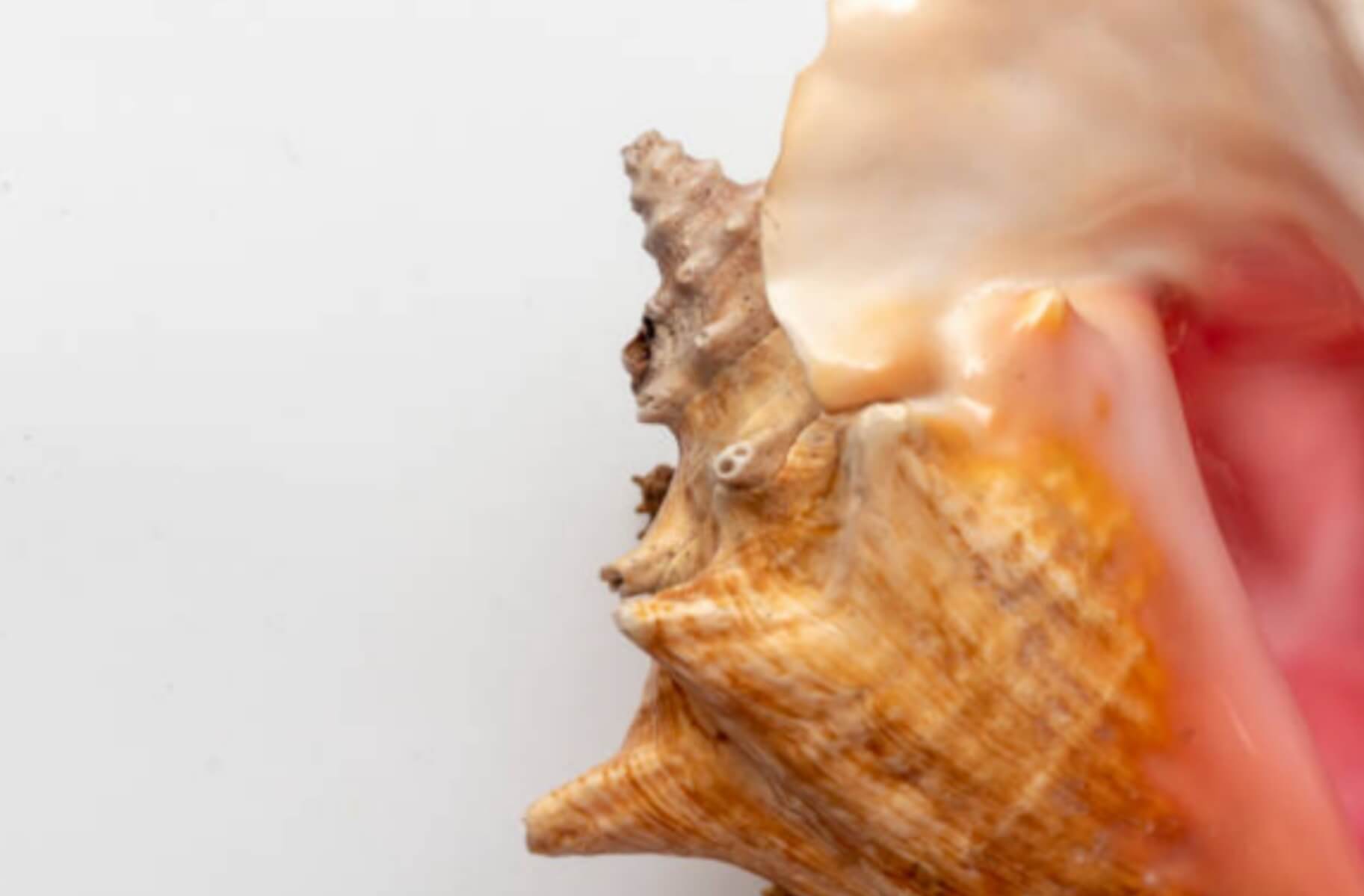An enormous conch shell ignored in an exhibition hall for quite a long time is currently thought to be the most seasoned realized seashell instrument — it actually works, creating a profound, sad bleat, similar to a foghorn from the inaccessible past.
The shell was found during the 1931 exhuming of a cave with ancient divider works of art in the French Pyrenees and thought to be a stately drinking cup. Archeologists from the University of Toulouse as of late investigated and decided it had been adjusted millennia back to fill in as a wind instrument. They welcomed a French horn player to play it.
“Hearing it unexpectedly, for me it was a major feeling — and a major pressure,” said classicist Carole Fritz.
She expected that playing the 12-inch shell may harm it, however it didn’t. The horn created clear C, C sharp and D notes.
The researchers gauge it to be around 18,000 years of age. Their discoveries were distributed Wednesday in the diary Science Advances.
Conch shells have been utilized broadly in melodic and formal traditions, remembering for antiquated Greece, Japan, India and Peru. The shell instrument found in the Marsoulas cave is currently the most established known model. Beforehand, a conch shell instrument found in Syria had been dated to around 6,000 years of age, said another Toulouse paleologist, Gilles Tosello.
The most recent revelation was made after a new stock at the Natural History Museum of Toulouse. The researchers saw some strange openings in the shell. Vitally, the tip of the shell was severed, making an opening enormous enough to blow through. Minute assessment uncovered the opening was the aftereffect of purposeful craftsmanship, not unintentional wear, as per Tosello.
By embeddings a small clinical camera, they found that another opening had been painstakingly bored in the shell’s internal chamber. They additionally identified hints of red color on the mouth of the conch, coordinating an enriching design found on the mass of Marsoulas cave.
“This is exemplary, truly strong paleontology,” said Margaret Conkey, a prehistorian at the University of California, Berkeley, who was not engaged with the examination. “This disclosure advises us that their lives were a lot more extravagant and more unpredictable than simply stone apparatuses and major game.”
Marsoulas cave isn’t situated almost a sea, so the ancient individuals should have either moved around broadly or utilized trading organizations to acquire the shell, Conkey and the researchers said.
“Makes conch shells so intriguing that the twisting depression framed naturally is completely capable at resounding musically,” said Rasoul Morteza, a composer in Montreal who has contemplated conch shell acoustics and was not associated with the paper.
Utilizing a 3D imitation, the archeologists intend to keep contemplating the horn’s scope of notes. Tosello said he desires to hear the old instrument played inside the cave where it was found.
